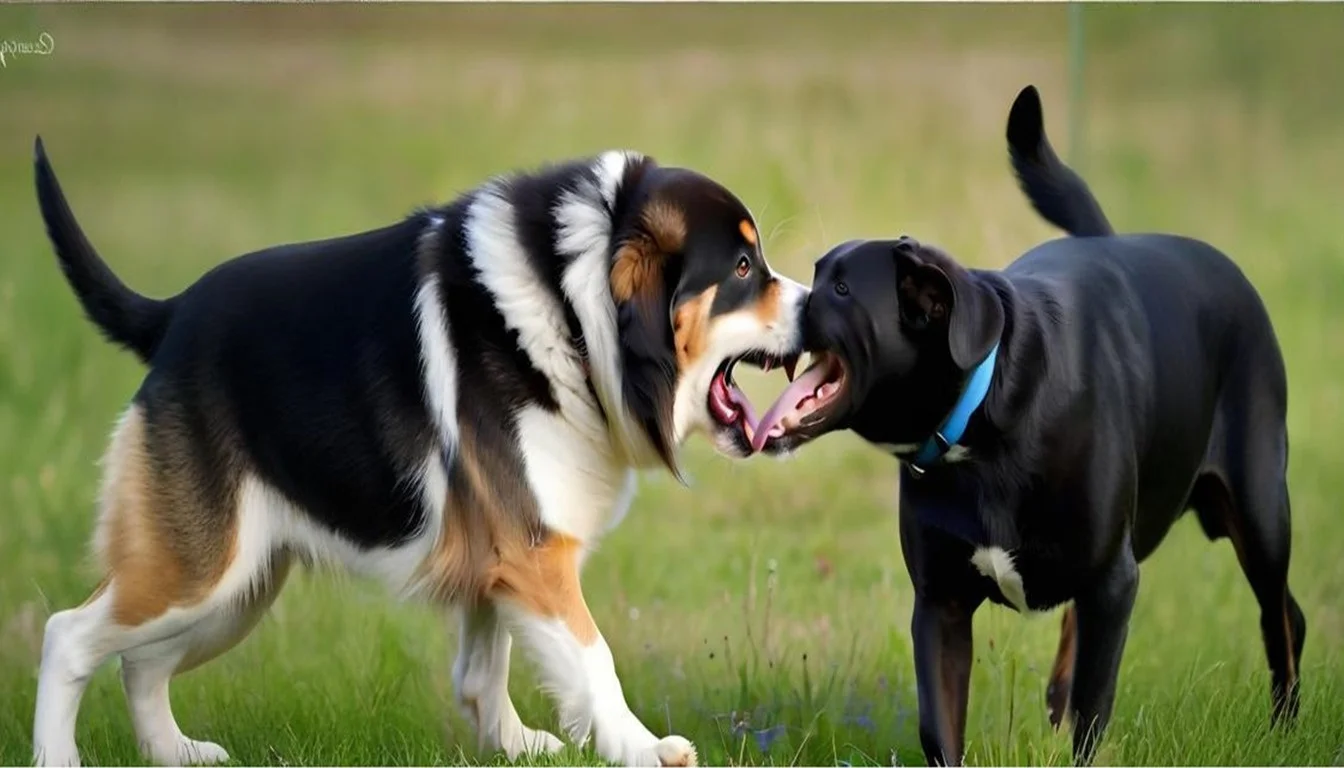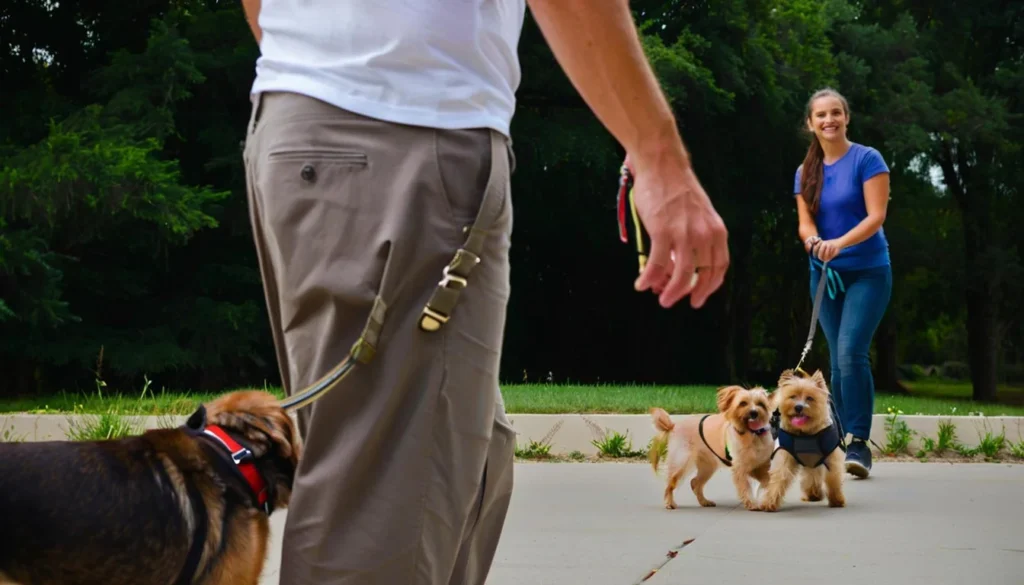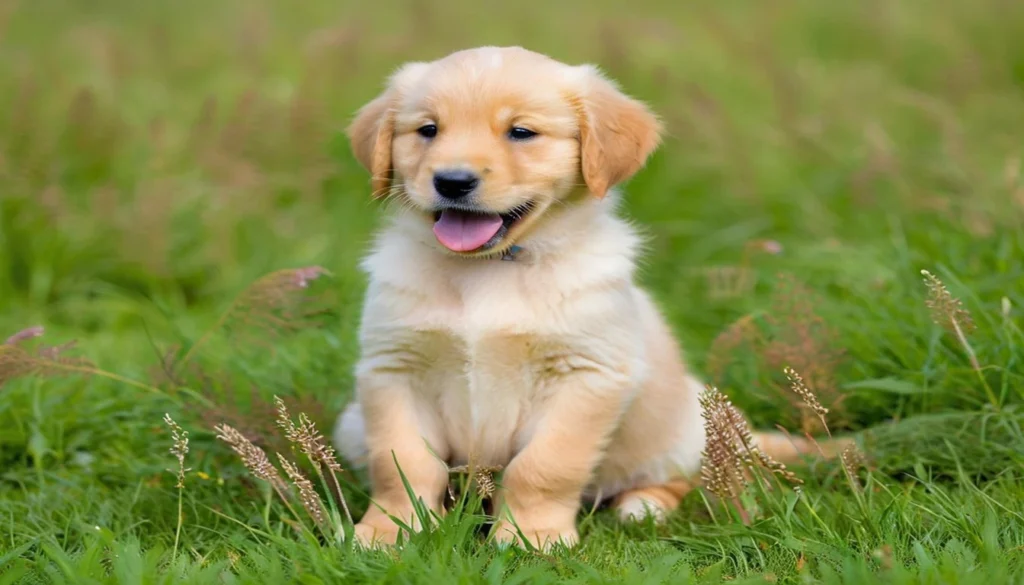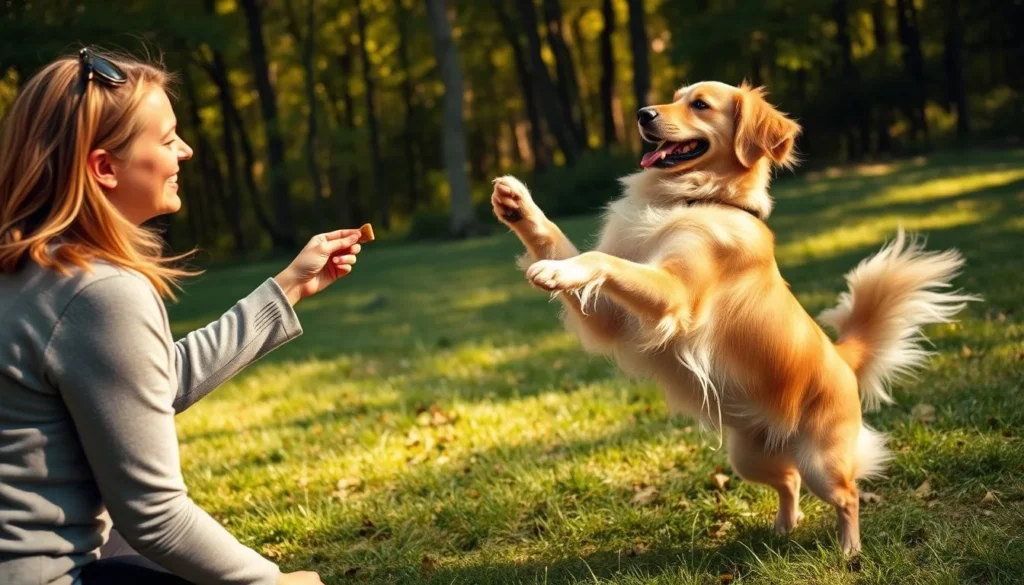I remember the first time my Labrador mix froze at a delivery driver. Then, he snapped when I tried to comfort him. My heart was racing, and I felt guilty and scared. This moment taught me how fast avoidance can turn into defense.
Fear aggression in dogs is a specific response to a negative emotion. A scared dog will try to get away. If it can't, it might growl, lunge, snap, or bite. What scares one dog might not scare another, because fear is very personal.
Learning about this issue, I found that management starts with removing the dog from the scary situation. Using positive strategies like redirecting attention is better than punishment. Safety tools like muzzles and leashes are helpful while you work on changing the behavior. If your dog shows fear aggression, getting help from a vet or certified animal behaviorist is the safest choice.
Key Takeaways
- Fear aggression in dogs stems from a negative emotional response and often aims to create distance.
- Early warning signs are key; acting before escalation reduces risk.
- Punishment usually worsens fear-driven behavior; positive reinforcement and redirection help.
- Use management tools like muzzles and gates for immediate safety while training continues.
- Professional help from a veterinary behaviorist or certified trainer is recommended for serious cases.
Understanding fear aggression in dogs
I help owners figure out why their dogs get aggressive when scared. Fear is a negative feeling that happens when a dog sees or hears something scary. When a dog uses its teeth or body language to get away, it's showing fear aggression.
Definition and how fear differs from other types of aggression
Aggression can look different depending on the reason. There's territorial, possession, redirected, pain-induced, and protective aggression. Fear aggression is about escaping and getting away from something scary.
Fight, flight, freeze and why aggression becomes a strategy
Dogs have different ways to react to threats. They might fight, flee, freeze, or fidget. If they can't run away or if growling or snapping works, they might choose to be aggressive.
When fear escalates: defensive versus offensive fear aggression
Defensive fear aggression happens when a dog feels trapped or touched. It only reacts if it's approached. Offensive fear aggression is harder to spot at first. A dog that couldn't escape before might act first to control the situation.
| Feature | Defensive fear aggression | Offensive fear aggression |
|---|---|---|
| Typical trigger | Close approach, handling, forced contact | Past inescapable threat, crowded or unpredictable environment |
| Typical behavior | Growl, snap when touched or cornered | Move toward trigger, bark, lunge or bite proactively |
| Body language | Stiffness, whale eye, pinned ears | Forward posture, intense stare, reduced calming signals |
| Underlying cause | Immediate fear and need for space | Learned response from prior trauma or lack of escape |
| Common scenarios | fear aggression in dogs towards strangers who reach out | fear aggression in dogs towards other dogs after repeated forced interactions |
Common signs and symptoms of fear aggression
I always tell clients that catching early signs is the best thing for a scared dog. Spotting fear aggression early helps prevent it from getting worse. I break down the common signs into three groups to help you recognize them during walks, vet visits, or at home.
Body language to watch for:
Pinned ears or ears turned to the side show discomfort. A hard stare or whale eye warns of a threat. Raised hackles, a stiff spine, or a low body with tail tucked indicate stress.
Subtle signals:
Lip licking, yawning, and short pacing often come before louder signs. Trembling, panting without effort, or avoiding eye contact are also signs. These small signals are crucial in understanding fear aggression in dogs towards owners or strangers.
Escalation signs:
Growling, snarling, or air snapping mean the dog is defending itself. Lunging, snapping, and biting happen if the threat doesn't stop or if the dog feels trapped. Ignoring these early signs can lead to dangerous behavior quickly.
Root causes and triggers of fear-based aggression
I explain why dogs with fear turn aggressive. This helps owners understand and act quickly. Early life, past experiences, pain, and changes in routine all affect a dog's feelings. Knowing this helps keep everyone safe.
I start with a dog's early life. Missing the socialization window between three and sixteen weeks is risky. Puppies not exposed to people, other dogs, sounds, or handling may develop unstable fears.
Past trauma and punishment also play a big role. Dogs punished for growling or jerked on a leash may fear normal things. This can lead to defensive behavior during grooming or vet visits.
Pain can cause a dog to bite quickly. Dogs with arthritis, dental pain, or injuries may snap when touched. It's important to check for pain before starting behavior plans.
Changes in environment and routine can also cause fear. Sudden moves, abandonment, or negative encounters with others can deepen a dog's fear. Stress at home or on walks can make them more sensitive to triggers.
Common triggers include strangers touching their head, direct eye contact, and baths. These are examples of fear aggression in dogs towards other dogs triggers. Knowing these helps in managing their behavior.
Genetics and temperament also matter. Some breeds are naturally more alert or sensitive. This, combined with their experiences, shapes their behavior.
Below is a summary of the main causes, triggers, and signs to watch for. This information helps in reducing risks and starting targeted training.
| Category | Examples | Why it matters |
|---|---|---|
| Early socialization gaps | Limited puppy play, few gentle people interactions, little handling | Raises lifelong risk for fear responses and poor coping with novelty |
| Past trauma & punishment | Physical punishment, leash jerks, hit with objects, rough handling | Creates learned associations that make routine care feel threatening |
| Pain and medical issues | Arthritis, dental pain, ear infections, recent surgery | Pain lowers tolerance and can cause sudden aggression when touched |
| Environmental stressors | Abandonment, moves, loud urban noise, chaotic household | Increases baseline anxiety and narrows the window for calm responses |
| Specific triggers | Strangers reaching for head, other dogs approaching quickly, nail trims, grooming, injections | These provoke immediate defensive behavior and are common fear aggression in dogs towards other dogs triggers |
| Genetic temperament | High vigilance breeds, hereditary reactivity | Shapes the intensity and speed of fear responses |
How I assess risk and ensure safety first
I start by removing the dog from the trigger or removing the trigger from the dog. If I am the trigger, I step out of sight and keep my movements slow and nonthreatening. This prioritizes fear aggression in dogs safety while giving the animal space to calm.
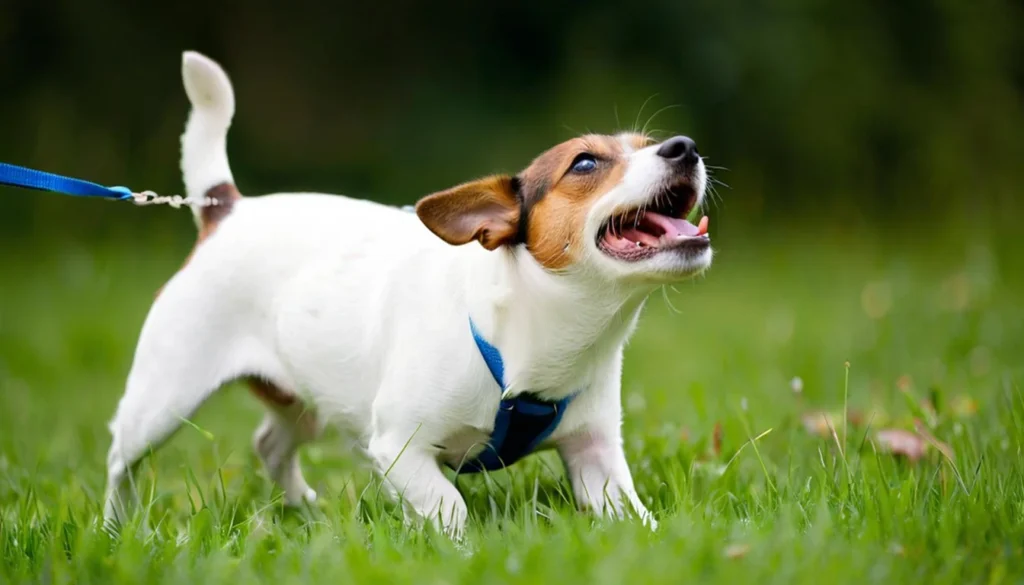
I read early warning signals closely. Stiffness, fixed staring, raised hackles and tightened lips tell me to act before growling or lunging begins. Spotting these cues lets me de-escalate and protect people and pets without punishment.
Reading warning signals to de-escalate situations
I look for subtle signs like lip licking, yawning, pacing and trembling. When I see those, I pause and change the environment. Small shifts in distance or offering a known cue such as “touch” or “find it” can redirect attention and reduce arousal.
Management tools: muzzles, gates, leashes and controlled environments
I use practical management tools to keep everyone safe while training proceeds. A well-fitted basket muzzle from brands like Baskerville allows breathing and panting during walks. Baby or dog gates create safe rooms at home. Secure leashes and harnesses help me control proximity in public.
These fear aggression in dogs management tools are not punishment. I treat them as protective supports that let the dog live a fuller life while I work on behavior change.
When to remove the dog or the trigger immediately
I remove the dog or the trigger at the first sign the animal feels trapped or is escalating toward a bite. Rapid intervention avoids escalation into unsafe encounters. If a stranger approaches too close, I move the dog away or step between the dog and the trigger to create distance.
I consult certified professionals when needed. Veterinarians, veterinary behaviorists and force-free trainers offer guidance on applying these steps safely. My focus stays on immediate safety, consistent management, and gradual behavior change.
Positive-reinforcement approaches to behavior change
I use reward-based methods to change how a dog feels about triggers. Punishment can make anxiety worse and hide warning signs. It also increases the risk of a bite later. For effective fear aggression treatment, I focus on building safety, trust, and predictable routines.
I avoid using aversive tools and sharp corrections. These methods can push a worried dog into deeper fear and make aggression worse. My goal is to replace panic with small wins and clear cues the dog understands.
I start by rewarding tiny steps toward comfort. Consistency is key. Short sessions, high-value treats, and the same cue set help dogs learn faster. Routines reduce stress and let progress build over time.
Why punishment makes fear aggression worse
Punishment triggers confusion and mistrust. When a dog is punished, it may stop showing softer warnings like lip licking. This suppression can lead to sudden bites. I teach owners why gentle, reward-based responses lower long-term risk and raise the dog’s confidence.
Building trust with rewards, consistency and predictable routines
I emphasize predictable schedules for feeding, walks, and training. Predictability lowers arousal. Pairing neutral or scary moments with tasty rewards rewires the dog’s emotional response. Over time, the dog begins to expect good things, not threats, when faced with a trigger.
Practical cue work to redirect: touch, look, find it
- Touch: Teach a calm hand-target to anchor attention. Reward gentle contact.
- Look: Train a clear eye-contact cue. Use it to interrupt a fear loop and deliver reinforcement.
- Find it: Build a nose game for immediate problem solving and joy during tension.
I shape each cue in tiny steps and celebrate small gains. For dogs needing specialized care, these cues integrate with desensitization and counter-conditioning plans. My approach to fear aggression treatment is patient, systematic, and rooted in science-based reinforcement.
Behavior modification: desensitization and counter-conditioning
I use desensitization and counter-conditioning to change how a dog feels about a trigger. The goal is to keep the dog calm while pairing the trigger with something they love. This method helps the dog feel better without causing stress.
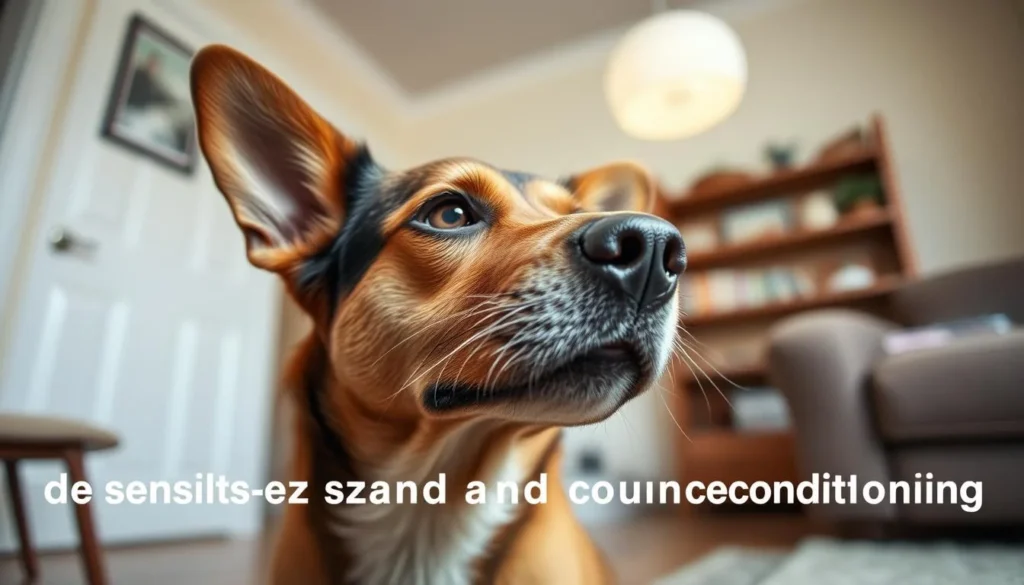
I start by finding a distance where the dog notices another dog but stays calm. At that distance, I give high-value treats for simple actions like looking at me or taking a step towards me. I only move closer when the dog shows calm behavior and takes treats reliably.
Principles of gradual exposure and changing emotional response
I respect the dog’s learning pace. Short, frequent sessions work best. I reward calm signals like soft eyes, relaxed mouth, or seeking attention. I avoid sudden moves that could stress the dog.
I keep a log of each session to track stress markers and progress. This helps me know when to advance the plan and when to hold steady. Keeping records also helps when I consult a veterinarian or a certified trainer.
Setting up distance, reinforcers and success criteria
I map a starting distance and mark safe retreat points. I choose powerful reinforcers like small pieces of chicken, cheese, or a favored toy. These rewards must arrive fast and predictably when the dog notices the other dog and remains calm.
Success criteria are simple: no stress signals, calm engagement with the treat, and consistent responses across three to five sessions. I move in small steps only after meeting those criteria.
Example plan for a dog reactive to other dogs
Step 1: Identify a starting distance where the dog notices but stays under threshold. Practice six short sessions per day with high-value treats for looking at me.
Step 2: Once the dog takes treats calmly in all sessions, reduce distance by a few feet. Repeat the same cue-reward routine for a week before advancing.
Step 3: Introduce controlled on-leash walks with a helper at a wide berth. Keep interactions brief and end sessions on a positive note. Avoid dog parks and unplanned encounters until the dog meets success criteria consistently.
| Phase | Goal | Typical Session | Progress Marker |
|---|---|---|---|
| Baseline | Find non-stress distance | 5–10 minutes, treats for attention | Dog eats treats and looks calm |
| Approach | Decrease distance slowly | 3–6 short reps, same high-value reward | No stress signals for 3–5 sessions |
| Controlled Interaction | On-leash, supervised exposure | 2–3 brief passes, consistent reinforcers | Relaxed response across multiple encounters |
| Maintenance | Generalize calm behavior | Regular practice during walks | Reliable calm at varied distances |
When medical and supplemental supports help
I start with a vet exam to check for pain or illness. These can make a calm dog snap. Finding and treating these issues makes training safer and more effective.
When a dog is too anxious to learn, vets might prescribe medication. This helps lower panic so training can start. Medicines like fluoxetine or trazodone can help during early training stages.
I never just rely on drugs. Medication alone doesn't change the underlying emotions. My plans include training, management, and gradual exposure to help the dog learn new, safe responses.
Many owners ask about over-the-counter options and pheromone products. I see calming aids like Adaptil or calming chews as helpful. They can make sessions smoother but don't solve aggression by themselves.
Management tools are key while medical and calming supports work. I use basket muzzles, safety gates, and scheduled enrichment. These help protect everyone and give the dog predictable, low-stress experiences.
When I suggest medication or calming aids, I work with a vet or veterinary behaviorist. We set goals, timelines, and exit strategies. This way, the dog can stop needing medication as they learn and cope better.
Working with professionals: whom to hire and what to expect
I suggest getting expert help early if your dog shows fear as aggression. It's important to understand the roles and steps involved. This way, you can pick a safe and effective path for your dog's recovery.
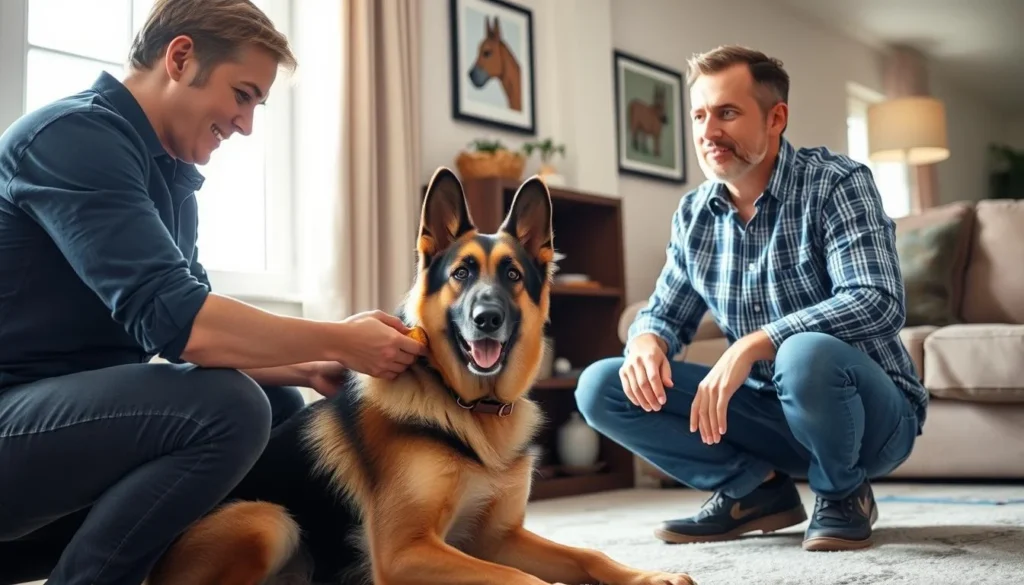
Roles explained: veterinarian, veterinary behaviorist, certified applied animal behaviorist, force-free trainer
First, see a vet to check for any health issues. A veterinary behaviorist can diagnose and suggest treatments. They also coordinate care.
A certified applied animal behaviorist (CAAB) has deep knowledge in behavior science. They have a lot of experience. A force-free trainer uses positive methods to train your dog and teach you.
How a pro evaluates triggers and creates a tailored plan
A pro will ask about your dog's history and environment. They will also review any vet records. They observe your dog and find out what triggers their fear.
They create a plan that includes safety, desensitization, and training for you. The plan is step-by-step and includes training for you.
Red flags and questions to ask before hiring
Check if the professional has the right credentials and experience. Make sure they use positive methods, not aversive tools like shock collars. It's important to have a vet check for pain.
Watch out for vague plans or those who don't want to write down a behavior program. Be wary of those who push for long-term packages without clear goals. A good professional will explain risks and offer realistic timelines.
If you want, I can suggest specific questions to ask a veterinary behaviorist or trainer before you book an appointment.
Prevention strategies for puppies and adult dogs
I focus on practical steps to prevent fear aggression in dogs. These steps help families succeed in the long run. Early actions are key, but adults can also improve with careful planning and positive experiences.
Socialization windows and safe, positive exposure practices
I suggest starting socialization between 3 and 16 weeks. This includes supervised classes and gentle neighborhood visits. I use high-value treats like cooked chicken to make new experiences positive.
For adult dogs, I use gradual desensitization. We start with distance, reward calm, and increase challenges only when they succeed. This approach helps prevent fear aggression in dogs of all ages.
Routine, enrichment and mental stimulation to reduce stress
I recommend a consistent daily schedule for feeding, walks, play, and rest. This lowers baseline anxiety. Predictable routines make dogs feel safer and less likely to defend themselves.
Mental enrichment prevents boredom and stress. I suggest puzzle feeders, scent work, and short training sessions. These activities support efforts to prevent fear aggression in dogs while improving focus and confidence.
Responsible handling: avoiding teasing, punishment or overwhelming situations
I urge owners to respect a dog's comfort signals. Avoid hugging dogs that pull away, don't tease, and never use dominance-based correction. Gentle, reward-based responses build trust.
When introducing dogs, I stage it slowly with barriers, leashes, and clear escape space. Practicing respectful handling helps prevent fear aggression in dogs for the long term and keeps everyone safe.
Managing fear aggression in dogs towards other dogs and people
I help owners make walks and meetings predictable. My goal is to keep dogs safe while we work on their reactivity. Simple changes in route planning and clear introductions help reduce risk and build confidence.
Practical walks and route planning to avoid high-risk encounters
I plan walks to avoid busy areas and leash-free zones. I choose quieter times and use side streets. If another dog appears, I cross early.
I never force an approach. For dogs with fear aggression, I keep a safe distance until they calm down. If tension escalates, I remove my dog quickly.
Structured introductions and step-by-step playdate protocols
I prefer neutral ground for first meetings. I start with on-leash walks so dogs can stay safe. I reward calm behavior and shorten sessions if stress appears.
When calm signals show, I allow closer approaches. I use short, supervised meetings instead of free play. For dogs with fear towards strangers, I keep encounters slow and predictable.
Muzzle training and supervised, on-leash practice for safe socialization
I teach a basket muzzle for panting and drinking. I introduce it with positive rewards until it's accepted calmly. I always train and socialize on leash first, tracking small gains.
For many owners, the best treatment combines muzzle training, controlled distance work, and professional guidance. I only move to off-leash play after clear progress and a behaviorist's approval.
- Quick wins: change route times, reward calm, end sessions early.
- Safety tools: basket muzzle, secure leash, management gates.
- Progress check: record sessions, note distance, celebrate smaller thresholds.
Conclusion
I think fear aggression in dogs shows they have unmet needs or past trauma. It's not because they're bad. My method starts with safety and using tools like muzzles and gates. I also avoid punishing them.
Positive reinforcement and teaching new behaviors are key. I also help dogs get used to things slowly and consistently. This helps them feel more secure.
For treating fear aggression, I use behavior changes and training. I also make sure they're not in pain. Sometimes, medicine helps them learn, but training is always first.
Working with experts in dog behavior is crucial. They help make a plan and track progress. This way, we can see how far the dog has come.
Preventing fear aggression is important too. Early socialization and regular routines help a lot. By being patient and consistent, dogs can learn to be less fearful.
It's okay if it takes time for dogs to fully overcome their fears. Celebrate every small step they take. It shows they're moving towards being more curious and confident.

